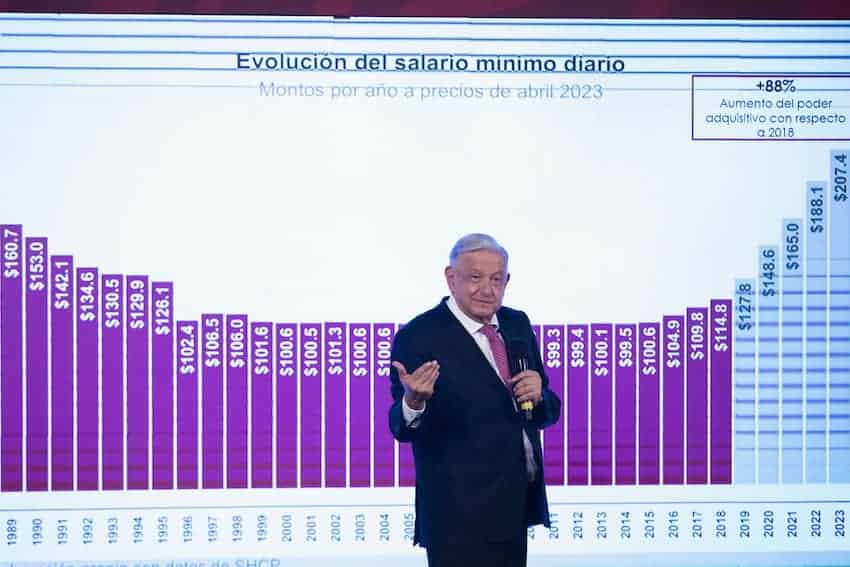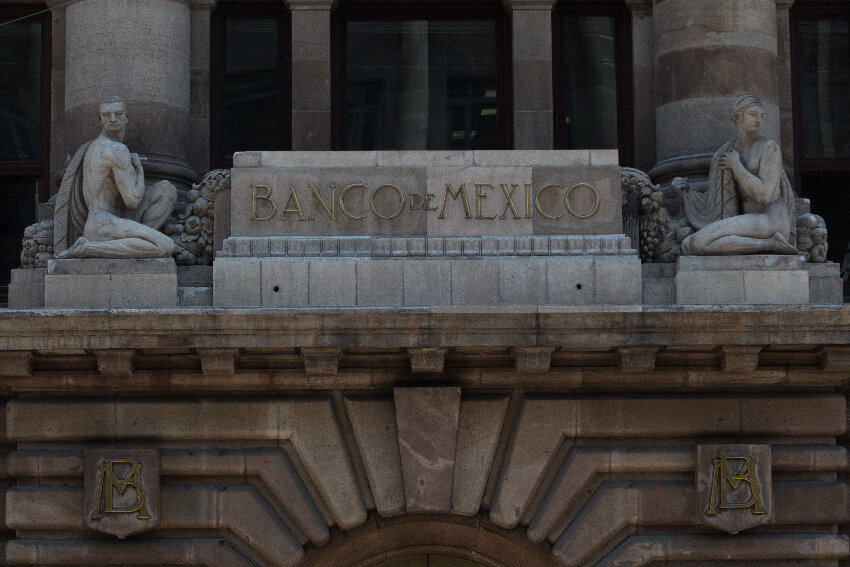The International Monetary Fund (IMF) has increased its 2023 growth forecast for Mexico to 2.6%, a 0.8 percentage point improvement on the 1.8% growth it predicted in April.
This improved outlook reflects the positive economic results Mexico has seen over recent months. The economy grew 1.1% in the first quarter of 2023, exceeding analysts’ expectations and building on six consecutive quarters of growth as the economy recovers from the COVID-19 pandemic.

Analysts attribute Mexico’s strong performance to a range of factors, including a strong labor market, government welfare spending and the growing nearshoring phenomenon. Although inflation remains above target, it has declined to its lowest level in two years, while average wages in real terms are increasing.
Mexico’s Finance Ministry has made a similar growth projection of 3.0% for this year, while Gabriel Castillas, chief economist for Latin America at Barclays, believes Mexico could even be on track to exceed that figure.
These positive forecasts keep coming despite an apparent economic slowdown in May. Although the National Institute of Statistics and Geography (INEGI) predicted 0.4% growth for the month, the recently-released Global Indicator of Economic Activity showed 0% growth.
High interest rates, typically a factor of concern when looking at a country’s overall economic health, could darken the IMF’s long-term economic outlook. Even though the IMF boosted Mexico’s growth forecast for 2023, it slightly cut Mexico’s 2024 growth forecast, from 1.6% to 1.5%.

At a regional level, the IMF increased its 2023 growth forecast for Latin America from 1.6% to 1.9%, largely due to the strong performance of large economies such as Mexico and Brazil. The 2024 prediction is slightly higher, at 2.2%.
The forecast is still significantly below 2022’s growth of 3.9%, which signaled the end of the COVID-19 recovery period. It would make Latin America the slowest-growing of the emerging market regions, but still a stronger performer than the Eurozone, which has projected growth of 0.9% for 2023, or the United States, which is projected to grow 1.8%.
Globally, the IMF predicts 3.0% growth for 2023, down from 3.5% in 2022. Its general policy recommendations are that governments maintain measures to control inflation, while gradually phasing out pandemic-era fiscal supports.
Overall, it considers that the global economy has proved resilient in the face of the challenges of the last few years, but sees risks for the future: namely, in the fragmentation of the global economy into regional blocs and insufficient progress on the climate transition.
With reports from Sin Embargo and El Economista